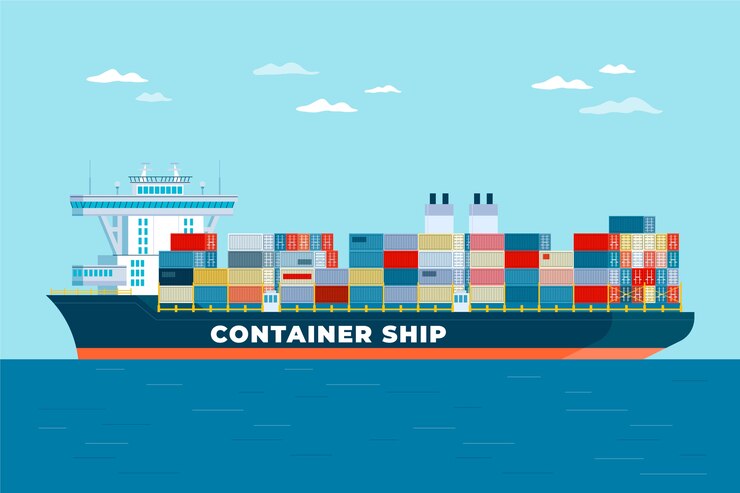Among the numerous technologies and advancements aimed at speeding up the processes, shipping containers show usefulness. These rectangular metal boxes have transformed how items are carried across oceans and continents, providing unprecedented efficiency and variety.
This blog will explore the types of shipping containers, their uses, and how their features can drive an innovative space:
Types of Shipping Containers
SCF shipping containers can now offer a variety of sizes and designs to meet diverse cargo and transportation requirements. The most popular types are:
1. Standard Containers
These may be the most often used containers, which can come in 20- and 40-foot lengths. They can be a good choice for a wide range of dry cargo, including electronics and apparel.
2. High Cube Containers
High cube containers may be similar to standard containers but may have additional vertical capacity, making them excellent for shipping large or tall objects.
4. Refrigerated Containers (Reefers)
Reefers can be equipped with refrigeration systems that can maintain certain temperature ranges, ensuring the safe transportation of perishable items such as food and pharmaceuticals.
5. Open Top Containers
These containers can have removable roofs, allowing for top-loading of material that exceeds the height of standard containers, such as machinery or timber.
6. Flat Rack Containers
Flat rack containers can have collapsible sides and may be ideal for huge or irregularly shaped items, such as automobiles or machinery.
7. Hanger Containers
Hanger containers may also be called garmentainers or garments on hanger containers (GOH). They are converted dry tubs in which garments are hung using a string or bar system. This may be helpful for those who meet the demands of the garment and fashion sector.
8. Ventilated Containers
Ventilated containers may be used to store things that require ventilation. For example, green coffee beans that must be ventilated during transportation can be transported in a ventilated container; so, the ventilated holder can also be called a coffee container.
Use of Shipping Containers
The usefulness of shipping containers can go far beyond maritime transportation. These sturdy metal boxes may have found numerous applications across various industries, such as:
1. Shipping and Logistics
Shipping containers may primarily be used for the transportation of commodities by:
- Ship
- Train
- truck
They can offer a secure and standardized method of transporting cargo over great distances.
2. Storage
Shipping containers can often be used as on-site storage options for:
- Building sites
- Enterprises
- Homeowners
Their heavy-duty construction and waterproof design make them perfect for storing equipment, goods, and personal items.
3. Housing and Architecture
Because of creativity and invention, shipping containers may now be used for:
- Modern and ecological living spaces
- Offices
- Pop-up businesses
- Art pieces
This adaptive reuse not only repurposes leftover containers but also encourages environmentally responsible construction practices.
4. Disaster Relief
Following natural disasters, shipping containers are utilized to quickly deploy:
- Emergency shelters
- Medical clinics
- Storage facilities
Their mobility and endurance can make them useful resources in humanitarian relief efforts.
Features of Shipping Containers
Shipping containers can be multi-purpose storage units that can also function as office spaces. Here are some of the unique characteristics of these containers that make them excellent for commercial storage:
1. Weatherproof
These shipping containers are built of corrosion-resistant, industrial-grade steel that is waterproof. These storage containers can withstand extreme weather conditions and are wind and water-resistant.
2. Safety
Because of their solid shell design, the outside walls may absorb the majority of the stress. Shipping containers, in addition to their sturdy design, can feature secured door handles and highly secure hitch locks to prevent theft and vandalism.
3. Easy to Transport
With its efficient build, cargo containers can be easily moved from truck to rail or ship.
4. Scalable
Shipping containers are naturally flexible, which can make them simple to stack and personalize. Additionally, this characteristic can also make them an excellent alternative to traditional storage and transportation.
Utilize Efficiency with Shipping Containers
Shipping containers can incorporate the concepts of efficiency, adaptability, and sustainability. They may have a significant impact on various facets of modern life, from altering global trade to providing inexpensive housing alternatives. With its benefits and usage, shipping containers may remain essential instruments for increasing efficiency in transportation, storage, and beyond.







